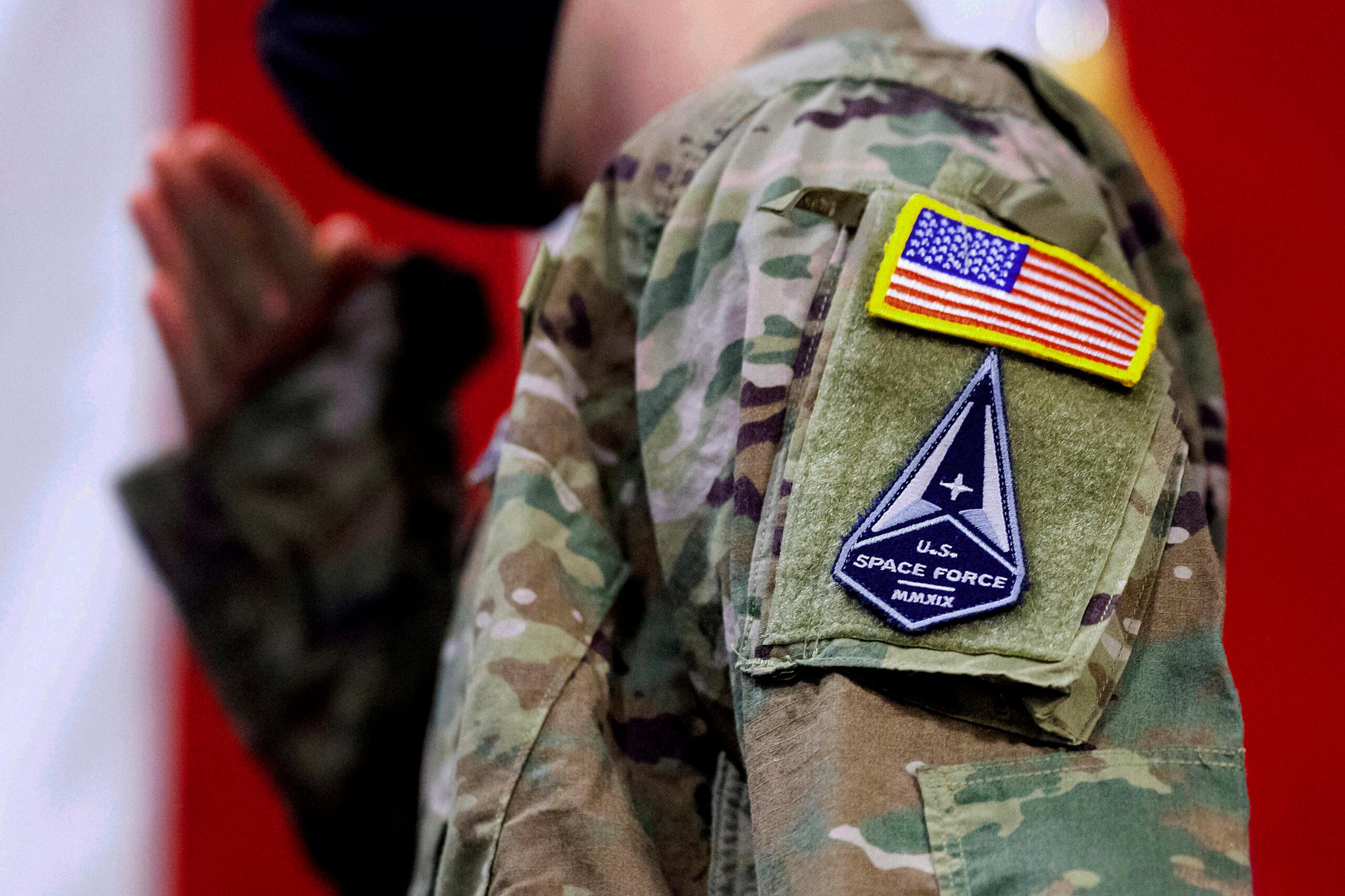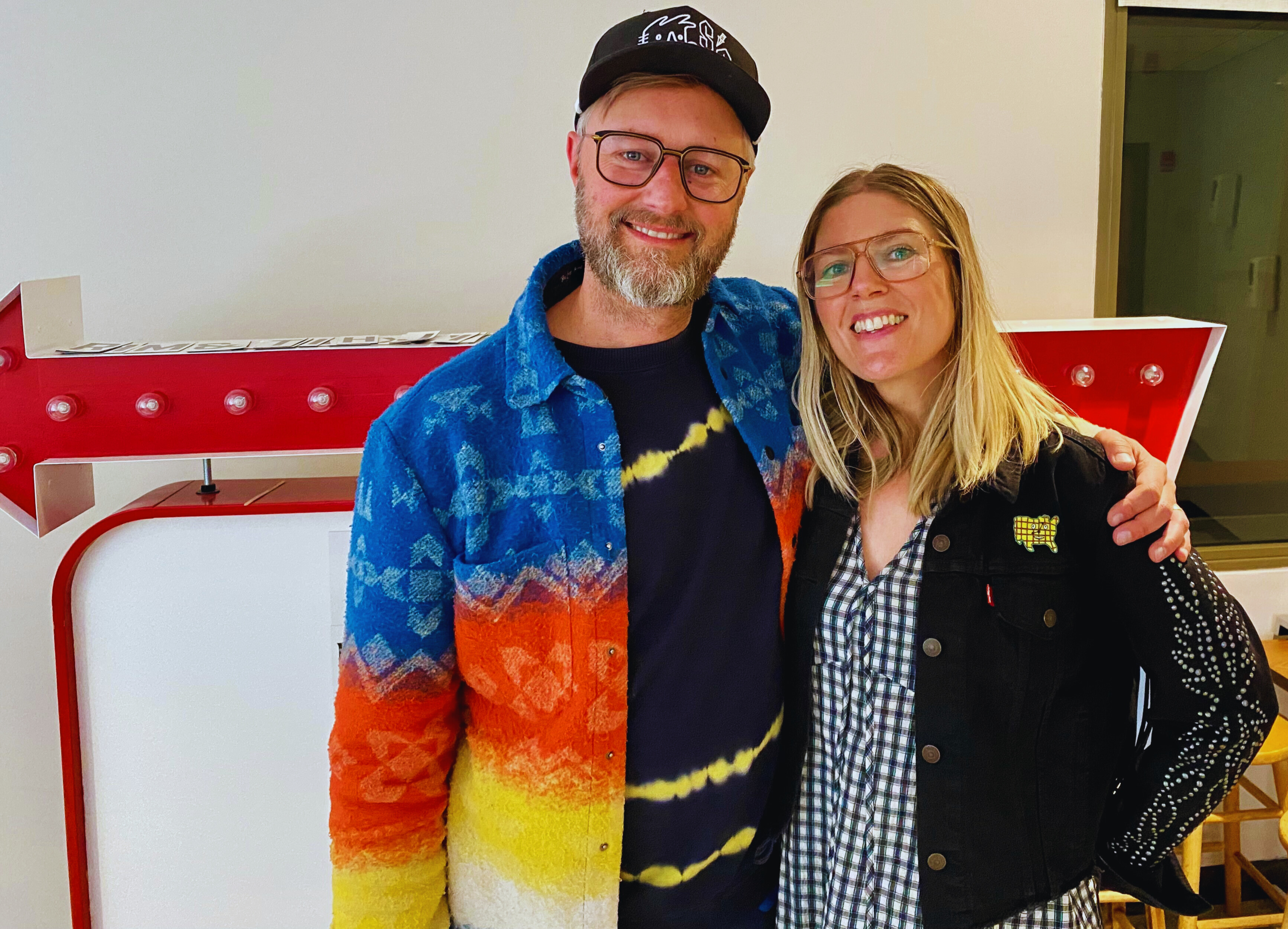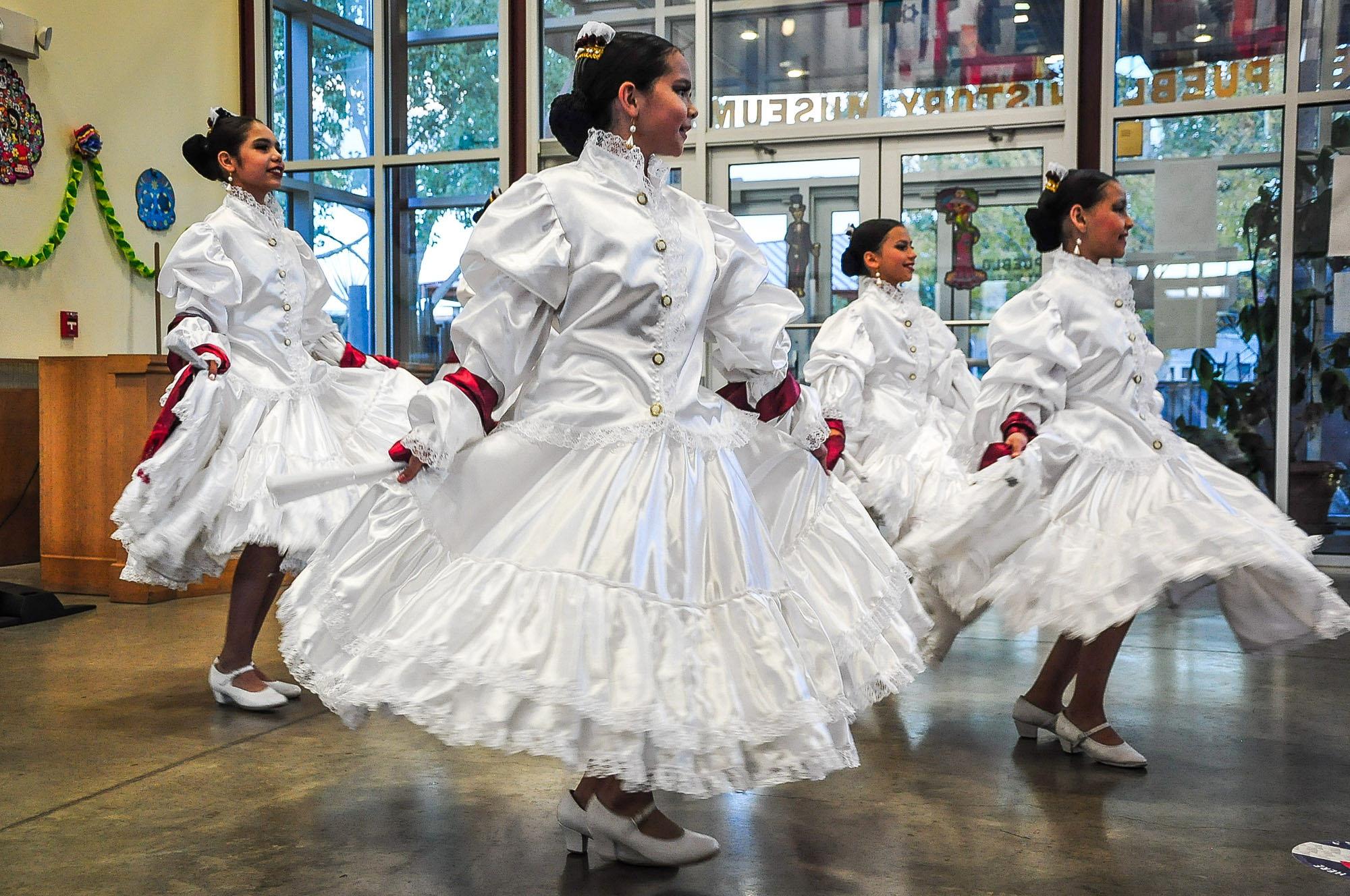
It’s a scene you’ve probably seen before: twirling bright skirts, smiles and gritos over the sounds of trumpets and violins. On the opening night of their new exhibit, Folklórico Espectacular featuring Amalia Hernández, El Pueblo History Museum invited three different dance groups to celebrate the local history of baile folklórico and the Mexican dance legend who helped bring it to the world.
El Pueblo History Museum Director Dianne Archuleta was born and raised in Pueblo. She said she remembers watching folklórico regularly in the area.
“If you were born and raised or anywhere in Pueblo or Southern Colorado, you are familiar with folklórico,” Archuleta said. “Growing up, you'll find that they perform at all of the local churches at festivals, at performances.”
Baile Folklórico is traditional Mexican folk dancing. It’s an umbrella term for a variety of styles of dance from various regions in the country. Many of them have their own distinctive costumes and steps. The billowing skirts and men’s costumes change patterns and colors state to state. The music also changes depending on the region.
Folklórico includes traditional Mexican dress and music, incorporating Mesoamerican customs from both before and after the Spanish conquest of Mexico. The costumes can tell a story or represent characters. Some involve props, fans or scarves as part of the routine. Others require the women and girls to use their skirts to form big rounded shapes across the stage. Sometimes they have male dance partners. Other routines just feature young women in bright costumes cheering each other on and twirling to the delight of the crowd.
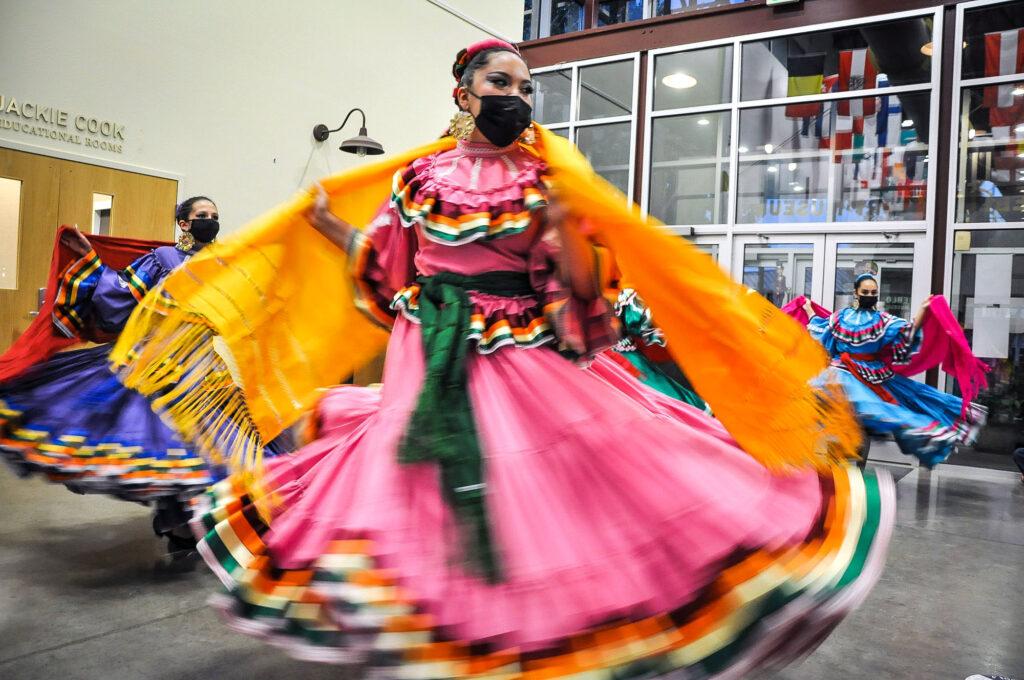
Iskra Merino is the director of the Colorado State University Pueblo Ballet Folklórico and Grupo Folklórico Omawari. Teaching baile folklórico is important to her for a variety of reasons.
“It’s important children learn about their heritage and the culture their parents came from because many of them were born in the U.S.,” Merino said in Spanish. “It gives them a cultural identity, makes them more secure in who they are and gives them support.”
The exhibit’s star, choreographer Amalia Hernández, is a monumental figure in the world of baile folklórico. She’s considered a pioneer who founded the Ballet Folklórico de México, a group that brought the dance to audiences around the world starting in the 1950s. To preserve that history, Hernández also established a school to teach future generations traditional Mexican dancing. Glamorous pictures of her performing adorn the walls of the exhibit, placing the international history of the dance next to its local past.
Museum director Archuleta worked with the Mexican consulate to bring Hernández’s photos to the museum. She also collaborated with members of the local folklórico community to collect stories from Pueblo. The new exhibit, which runs through January 31, 2022, features photos, costumes and other artifacts to show the regional differences of folklórico dances and the local connections that tie many of the different dance groups together.
“This exhibit just is another example of our community work, and it was the most beautiful opportunity to showcase our folklórico groups here in Pueblo when they have never been celebrated in this way,” Archuleta said. “One of my objectives in becoming director here is that we want that community to be represented in all of our spaces. I never had the opportunity to dance folklórico, so for me, this is a vicarious opportunity to listen to their stories and to help celebrate their costumes, the regions, and all of the people who worked so hard to make this a beautiful tradition.”
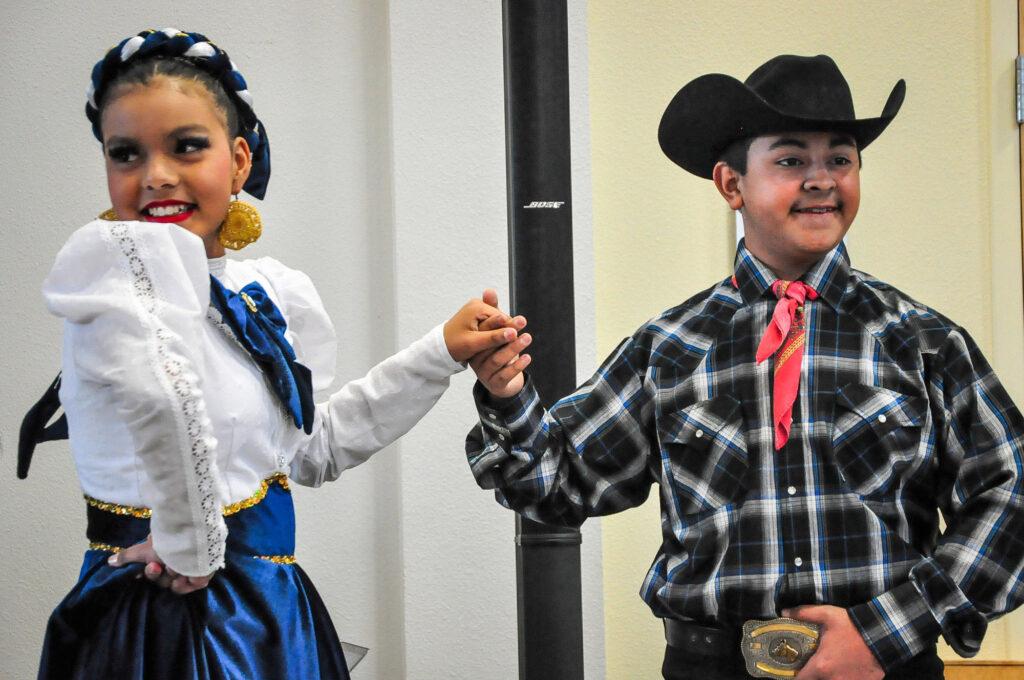
Velma Romero Roybal, director of Grupo Folklórico del Pueblo, helped collect stories from the baile folklórico community in Pueblo for the exhibit.
“Basically, you ask people, do you remember this group or that group, or a person would approach us and say, ‘Hey, I remember a group from way back,’ you know?” said Romero Roybal, a staple of the local folklorico scene in Pueblo since starting her company 25 years ago. “And so we would look these people up and call them and ask them, ‘When did they do it and who was the director?’”
Velma’s daughter Sarah Roybal works with her mother as the artistic director of Grupo Folklórico del Pueblo. She helped with the collection of artifacts.
“I think we've got pictures from the 1930s. It was really amazing to see those old (photos) — they weren't even black and white,” Roybal said. “They were more like that tan color because they were so old. It was beautiful.
The pictures are one way Velma and Sarah help people remember the past, just like teaching folklórico helps them preserve their culture for the future.
“It's emotional because I am carrying on what they started and I love being a part of that,” Roybal said.
Correction: The name of the museum hosting the exhibition is El Pueblo History Museum. An earlier version of this story misidentified its name.

